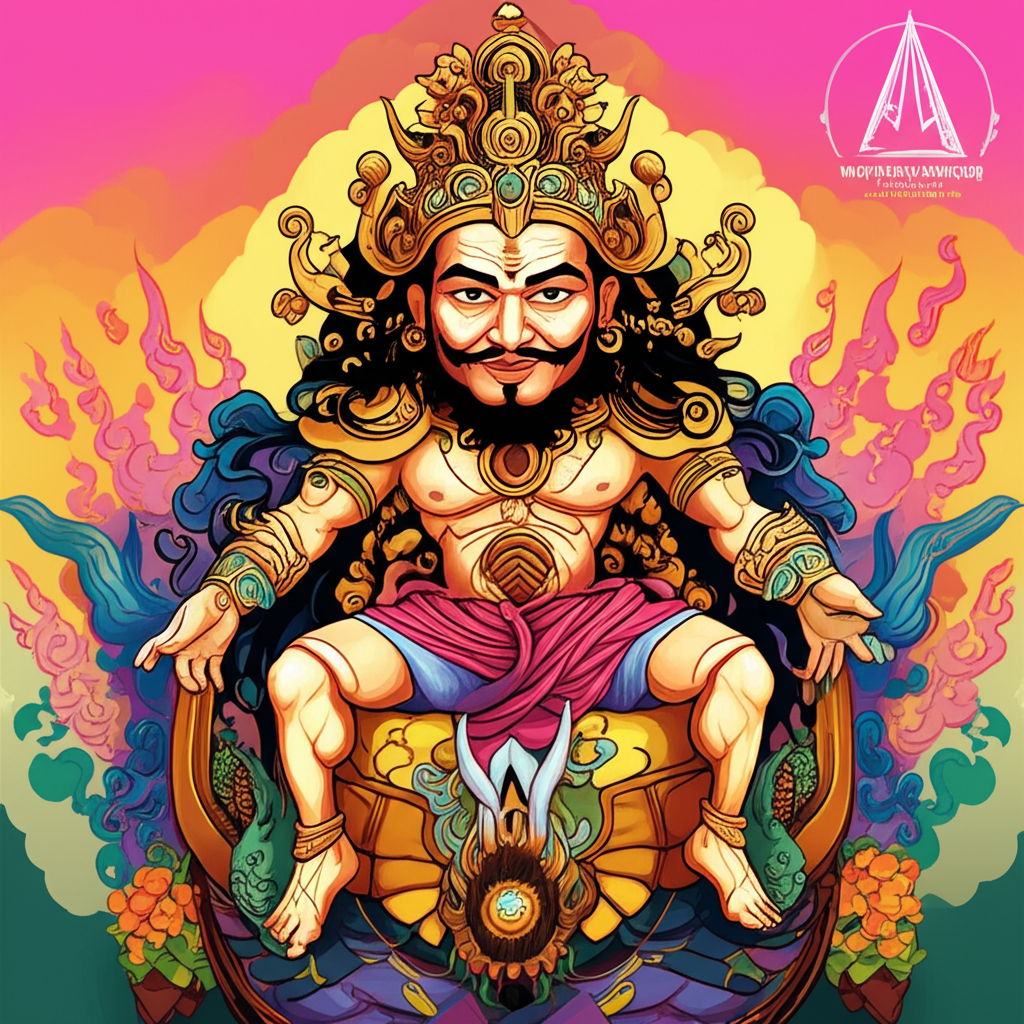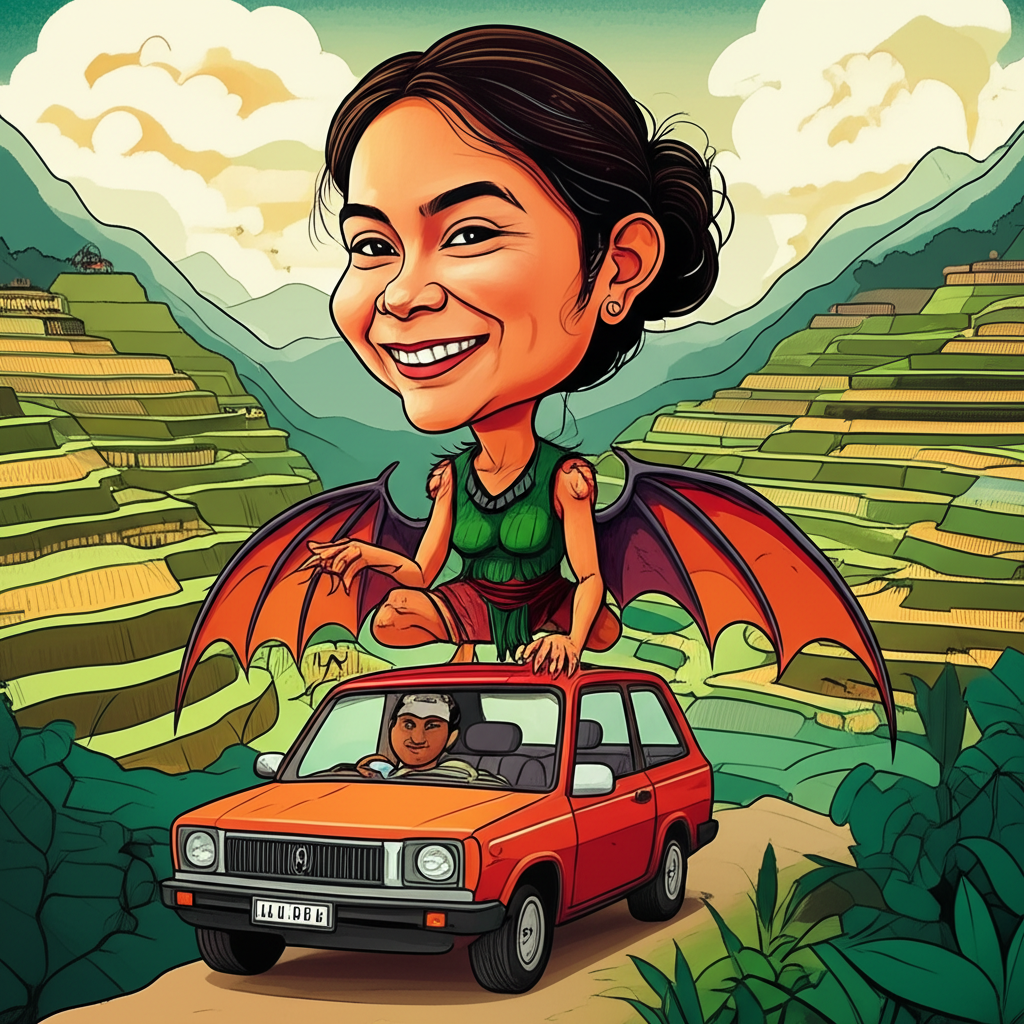
The stories of Bathala and Maria Makiling echo from the heart of ancient Filipino folklore, passed down through generations by word of mouth. These tales, rich in symbolism and moral lessons, offer a window into the worldview of our ancestors, their understanding of the natural world, and their societal values. It is important to understand that these are traditional stories, shared by ancient people to explain the world around them and convey cultural teachings, not to be mistaken for historical fact or religious doctrine.
Origins and Cultural Background
The myths surrounding Bathala and Maria Makiling likely emerged during the pre-colonial era of the Philippines. This was a time when communities were deeply connected to the land, their lives intrinsically linked to the cycles of nature. Animism and ancestor worship were prevalent; spirits were believed to inhabit trees, rivers, mountains, and even the sky. Society was often organized in barangays, small, independent communities led by chieftains or datus.
The ancient Filipinos possessed a profound respect for nature, recognizing its power to both sustain and destroy. They interpreted natural phenomena – typhoons, earthquakes, volcanic eruptions – as the actions of deities and spirits. Their myths served as explanations for these occurrences, providing a framework for understanding their world and their place within it. Storytelling was a primary means of education, passing down traditions, values, and practical knowledge from one generation to the next. These myths often reflected the agricultural lifestyle of the people, with themes of fertility, harvest, and the delicate balance between humanity and the environment.
Character Descriptions
- Bathala: In the Tagalog pantheon, Bathala is often considered the supreme deity, the creator of the universe and all that exists within it. He is typically depicted as an all-powerful, wise, and benevolent being, residing in the heavens. Symbolically, Bathala represents order, justice, and the ultimate source of creation. He is the cosmic force that maintains balance and ensures the continuation of life.
- Maria Makiling: Maria Makiling is a diwata or spirit guardian of Mount Makiling, a prominent mountain in Laguna province. She is described as a beautiful and benevolent woman, possessing supernatural powers and a deep connection to the mountain and its surrounding forests. She is often depicted as a protector of animals and plants, a provider of abundance, and a guardian of morality. Symbolically, Maria Makiling represents the power and beauty of nature, the importance of respecting the environment, and the consequences of greed and disrespect.
The War of Legend: Bathala and Maria Makiling
Before time began, there was only chaos, a swirling void of nothingness. From this void emerged Bathala, the supreme deity, a being of pure light and boundless power. He looked upon the emptiness and, filled with a desire to create, began to shape the universe. He formed the sky, the earth, the sun, the moon, and the stars.
As the world matured, Bathala created life. He populated the land with creatures of all shapes and sizes, and finally, he created humanity. He watched over his creation with a benevolent eye, guiding and protecting them.
One of the most beloved of Bathala’s creations was Maria Makiling, a beautiful and powerful diwata who guarded Mount Makiling. She was a benevolent spirit, known for her kindness and generosity. She protected the forests, nurtured the animals, and blessed the land with abundance. The people of the surrounding villages revered her, offering her gifts of gratitude for her blessings.
But peace never lasts. A great evil emerged in the form of a power-hungry warlord. He sought to conquer the land and exploit its resources for his own gain. He cared nothing for the balance of nature or the well-being of the people. He desecrated sacred grounds, felled ancient trees, and hunted animals to extinction.
Maria Makiling pleaded with him to stop, warning him of the consequences of his actions. But the warlord, blinded by greed and ambition, ignored her warnings. He continued his destructive rampage, defiling the land and oppressing the people.
Seeing the suffering of his creation, Bathala could no longer remain aloof. He descended from the heavens, his presence shaking the earth. He confronted the warlord, demanding that he cease his destructive ways.
The warlord, however, refused to yield. He challenged Bathala to a battle, believing that his armies and his weapons could overcome even the supreme deity. The battle raged for days, the earth trembling with the force of their conflict. Lightning flashed, thunder roared, and the very sky seemed to weep.
Maria Makiling, witnessing the devastation, joined the fray. She used her powers to protect the innocent, healing the wounded and shielding them from the warlord’s wrath. She called upon the spirits of the forest to aid her, and the trees themselves rose up to defend their home.
In the end, Bathala, with the help of Maria Makiling and the spirits of the forest, defeated the warlord. The warlord was banished, and peace was restored to the land. Bathala returned to the heavens, leaving Maria Makiling to continue her guardianship of Mount Makiling.
Symbolism and Meaning
The legend of Bathala and Maria Makiling is rich in symbolism. Bathala represents the ultimate authority, the divine power that maintains order and balance in the universe. Maria Makiling embodies the power and beauty of nature, the importance of respecting the environment, and the consequences of greed and disrespect. The warlord symbolizes the destructive forces of greed, ambition, and the disregard for nature.
The story, therefore, served as a cautionary tale, warning against the dangers of unchecked ambition and the importance of living in harmony with nature. It also reinforced the values of respect for authority, reverence for the divine, and the importance of community. It emphasized the interconnectedness of all things and the need to protect the environment for future generations.
Modern Perspective
Today, the myth of Bathala and Maria Makiling continues to resonate in Filipino culture. Maria Makiling, in particular, has become a symbol of Filipino identity, representing the beauty, strength, and resilience of the Filipino spirit. She appears in literature, movies, television shows, and even video games. Her story is retold and reinterpreted, often with a focus on environmentalism and the need to protect the natural world. Bathala, while less prominent, remains a figure of reverence and a reminder of the spiritual heritage of the Philippines.
Conclusion
The legend of Bathala and Maria Makiling is a testament to the power of storytelling and the enduring nature of cultural heritage. These stories, passed down through generations, offer a glimpse into the worldview of our ancestors, their values, and their understanding of the world around them.
As Muslims, we understand and believe that Allah is the one true Creator and Sustainer of the universe. These traditional stories are not meant to be taken as divine truth, but rather as cultural artifacts, valuable for their historical significance and their insights into the human condition. They remind us of the importance of imagination, the power of storytelling, and the richness of our cultural heritage. They stand as a testament to the creativity and wisdom of those who came before us, and a reminder of the enduring power of myth to shape our understanding of the world.





